“To be honest, I didn’t like Stevie’s tone as much in the heavy Dumble period. It sounded a little tight to me”: Ian Moore on jamming with the Stones, writing with Billy Gibbons, and discussing those SRV comparisons – with Stevie Ray Vaughan
The SRV disciple admits he confused people by moving from Texas blues to art rock, but believes his skills are only increasing, despite a neurological condition that means he can barely speak
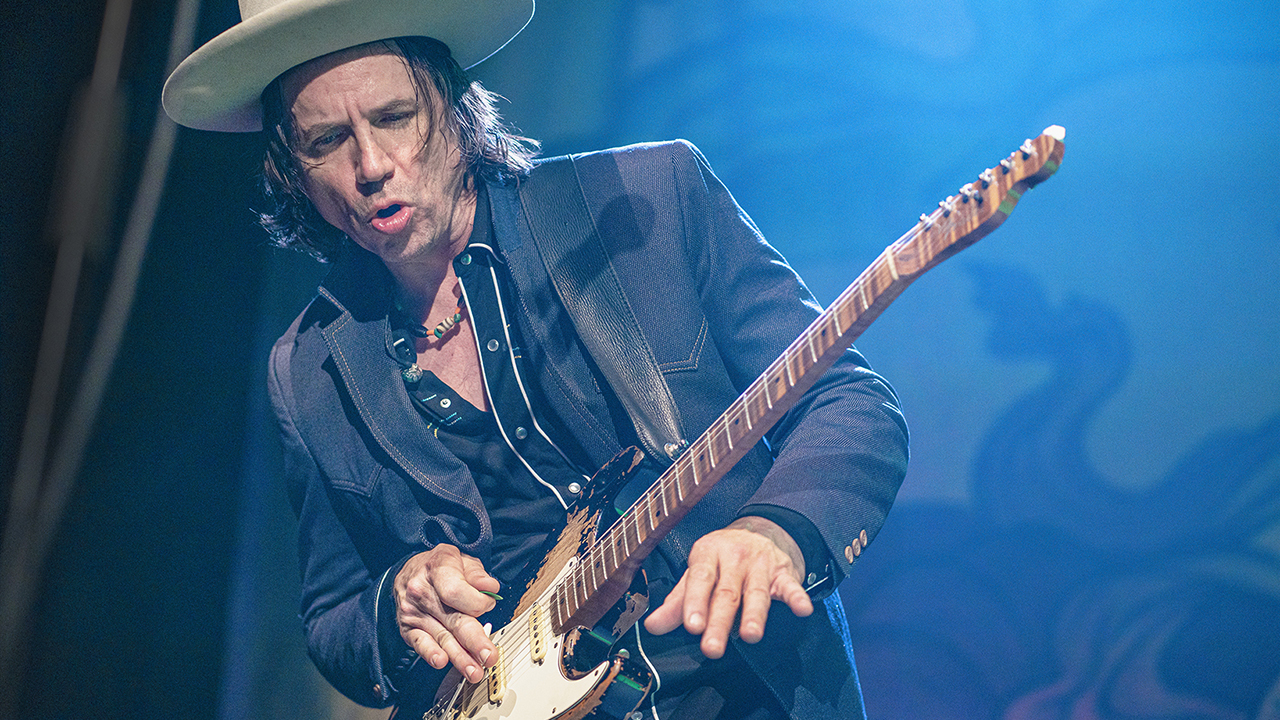
Being a native Texan and a disciple of Stevie Ray Vaughan raises expectations for a blues guitarist.
“It’s just a thing,” Ian Moore reflects. But he hasn’t always followed the rules. “I know it's been confusing,” he says. “People have a million theories about why I've done things the way I have. I wanted to learn, get better, and catch some beauty.”
He burst onto the scene in 1993 with his self-titled debut album, then toured with Bob Dylan, ZZ Top, and The Rolling Stones.
“They were just like two big kids who loved to play guitar,” Moore says of Keith Richards and Ronnie Wood specifically. “I still take inspiration from seeing their pure joy and presence.”
The Strat-slinger admits to being “a bit naive and starry-eyed” when he moved away from traditional blues, starting with his second album.
“Blues rock guitarists don’t typically evolve into art rock guys. I can now see that people had a perception of me and who I was, and as I strayed from that, it was confusing to them. The fact that people have stuck with me is amazing.”
Moore suffers from laryngeal dystonia, a neurological disorder that makes speaking – though not singing – all but impossible. But he can still play guitar.
Get The Pick Newsletter
All the latest guitar news, interviews, lessons, reviews, deals and more, direct to your inbox!
“I’ve really refocused my energy on playing,” he explains. “There are so many badass guitar players right now, and it’s really inspiring for me to grow and stretch.”
Together with Jesse Dayton and Johnny Moeller, as the Texas Headhunters, Moore will release new music in August, with a tour to follow.
“I feel like a much deeper player,” he says. “I see the guitar differently. I’m challenging my style and my defaults, and I’m growing through it.”
Tell us about the childhood accident that led you from violin to guitar.
“The short version is that my mom was dying of cancer, which of course turned her life and mine upside-down. I was a teenager, and we were trying to navigate that as well. We just had a crazy moment where everything kind of broke and we got into a supercharged emotional fight.
“I was so upset that I raised my arms as if to hit her and she reflexively pushed me. I fell backward from the steps, and my left arm hit her wine glass. A shard of glass went deep into my wrist, cutting all my tendons. There was a lot of blood.
“We went to the hospital and they reattached my tendons. It wasn’t some renowned hand surgeon. It was who was on staff. I had a cast and sling for months. When it came off, I started playing guitar.”
Growing up in Texas, did you take influence from Steve Ray Vaughan?
“When I started doing interviews, all the journalists outside of Austin only knew Stevie’s sound. I spent a lot of time trying to explain what it actually was. We were all trying to play like his brother, Jimmie – even Stevie – Denny Freeman and Bill Campbell.
“The thing that was so special is Stevie's heart. You could really feel it in his playing. A big part of the blues is knowing the lexicon of what has come before and incorporating that in ways that honor the tradition. Stevie had a way of doing that, while also having a powerful, unique voice.
“The other thing is that Stevie was such a gentle and kind person. He gave me my first guitar. He was always unbelievably gracious with me. The most notable conversation I ever had with him was backstage at Guadalupe Antone’s, when I was telling him that I was getting a lot of comparisons to him.
“He told me that when he started, he was always compared to his brother, and then to Hendrix – and it was a way to kind of discount who he was. He told me I was part of a tradition and my sound would be my sound, and not to let anyone ever tell me who I was. I took that to heart.”
What type of guitar did Stevie give you?
“I was so young that I’m not totally sure! I think it was an ES-335. It was a Gibson hollow body that I only had for a short time. He dropped it off and said I could play it until he needed it again, which was about six months later.”
The Strat is the most versatile and a real working man's guitar. I’ve been trying not to play one for most of my career
What cultivated your love for the Strat?
“Everyone in Austin played a Strat – Jimmie, Stevie, Eric [Johnson], Doug Sahm, Bill Campbell, Denny [Freeman], and Buddy Holly. When I bought my number one at Hennings Music in Austin, I was actually eyeing an ES-175 jazz guitar.
“I was deep into Coltrane and Parker. I had this half-baked fantasy about being a Kenny Burrel-type jazzer. I went back and forth with the two guitars and finally bought the Strat with the Esquire neck for $750. I thought I could get close to the ES-175 sound with the Strat.
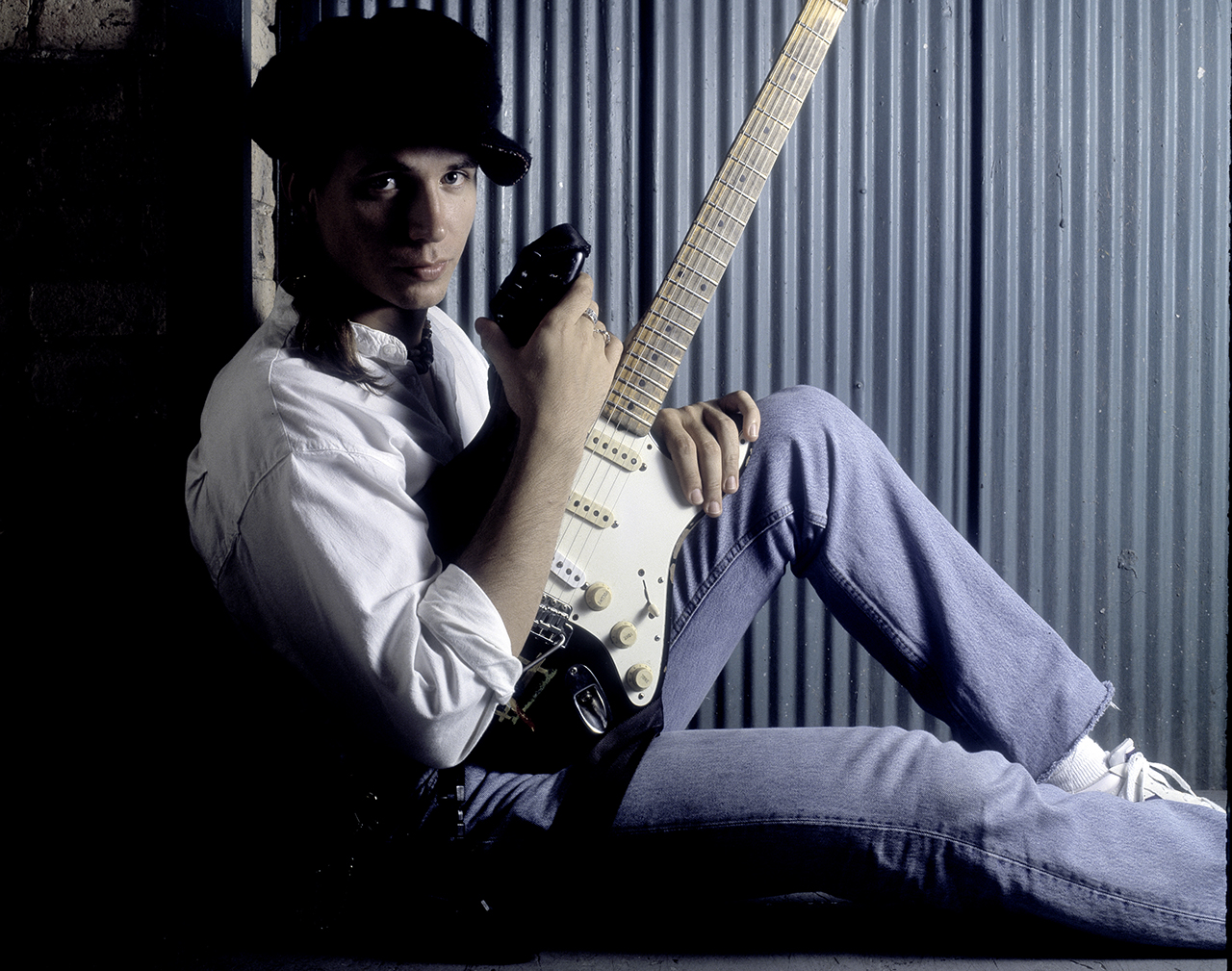
“For what I want the Strat is the most versatile and a real working man's guitar. I’ve been trying not to play one for most of my career – but they just work so well.”
You’ve said there’s a “snake oil element” to Dumble amps. Are they as magical as they seem, or are they just beloved because of SRV?
“It’s not just Stevie; it’s Eric Johnson too. I think a lot of the new wave of players buying them are as influenced by Eric and Robben Ford as Stevie. To be honest, I didn’t like Stevie’s tone as much in the heavy Dumble period. It sounded a little tight to me.
“I liked that looser sound – to me it was a more emotional. I got really into Fender designs and learned a good deal about what Dumble would do that made his sounds. To my ears, a lot of it has to do with filtering, especially with his cleaner designs.
“But like many amp builders, he had stuff he did to build his mystery. Guys spend tons of money on super-odd capacitors and resistors, and within the hardcore Dumble community, they get into how much of a difference it makes.
“I’ve been around serious builders of studio gear who know much of the Dumble story just isn’t true. That said, those designs have been integrated deeply into so many great amps.”
After releasing your self-titled debut in 1993, you opened for ZZ Top, Bob Dylan, and the Stones. What was that like?
“The first ‘grownup’ records I had were the Stones, Beatles, and Buddy Holly. When I opened for Bob, I was really diving into my own songwriting – so getting to hang with him, play with him, and talk to him was huge! He was so knowledgeable about old blues music.
At the risk of sounding flippant, I never chase success. I was trying to develop into a deeper player and a better songwriter
“When I did the ZZ tours, I often traveled often with Billy Gibbons. We wrote a bunch of songs, some of which we recorded. I’m still trying to find some of those.
“It was so crazy with the Stones because they were literally the biggest group in the world. Keith and Ronnie had this jam room; my bud Red Dawn decorated it like a Bedouin camp – except filled with old tweed amps. I had a couple of times where we sat around and played old blues stuff for what seemed like forever.”
Your second album, Modernday Folklore, was successful – but then things took a turn. Why?
“At the risk of sounding flippant, I never chase success. I was trying to develop into a deeper player and a better songwriter. As I got deeper into that and the art of production, it took me away from guitar-driven music.
“I was a big fan of mid- to late-'60s music, and I wanted to have a creative arc that was similar to that. I had a sound in my head that I think was pretty cool. I think we were just a bit out of step with the times.”
You’ve had some neurological issues. How have they impacted you?
“Musicians and artists have to be open and sensitive – it’s our superpower. It’s how we find the sounds, the feelings, and the magic. It’s amazing! The issue is that when you live there, you’re open to everything. It all hits you. It's why so many musicians die young after tumultuous lives.
“One of my guiding lights in my music is bringing people together. A few years ago, our country started getting meaner. I’m in that middle ground trying to bring unity through music, but I think it just got too intense. My body was trying to protect me. I’d started a nonprofit, SMASH, around that time, and it was taking a lot of time and energy. I also lost my bass player and best friend, Matt, to drugs and alcohol.
“My laryngeal dystonia is brought on by this kind of stuff. It’s neurological; it creates a gripping, which has made speaking almost impossible. Thankfully, my singing, which is on the other side of the brain, remains much more present. Everyone is very sweet, and it is challenging – but honestly, it’s also a gift.
“It’s giving me the opportunity to work on my joy and my gratitude. I feel happier and more present. Plus, it’s given me a renewed focus on my guitar. I’m not spending as much time singing and writing, so my guitar practice has really ramped up!”
Andrew Daly is an iced-coffee-addicted, oddball Telecaster-playing, alfredo pasta-loving journalist from Long Island, NY, who, in addition to being a contributing writer for Guitar World, scribes for Bass Player, Guitar Player, Guitarist, and MusicRadar. Andrew has interviewed favorites like Ace Frehley, Johnny Marr, Vito Bratta, Bruce Kulick, Joe Perry, Brad Whitford, Tom Morello, Rich Robinson, and Paul Stanley, while his all-time favorite (rhythm player), Keith Richards, continues to elude him.
You must confirm your public display name before commenting
Please logout and then login again, you will then be prompted to enter your display name.
“I loved working with David Gilmour… but that was an uneasy collaboration”: Pete Townshend admits he’s not a natural collaborator – even with bandmates and fellow guitar heroes
“This guy kept calling saying, ‘I’ve never been in a band before, but I’m the best guitarist ever.’ When I heard him play it was like a fire from heaven”: The life and times of Killing Joke visionary Geordie Walker – the guitar hero’s guitar hero







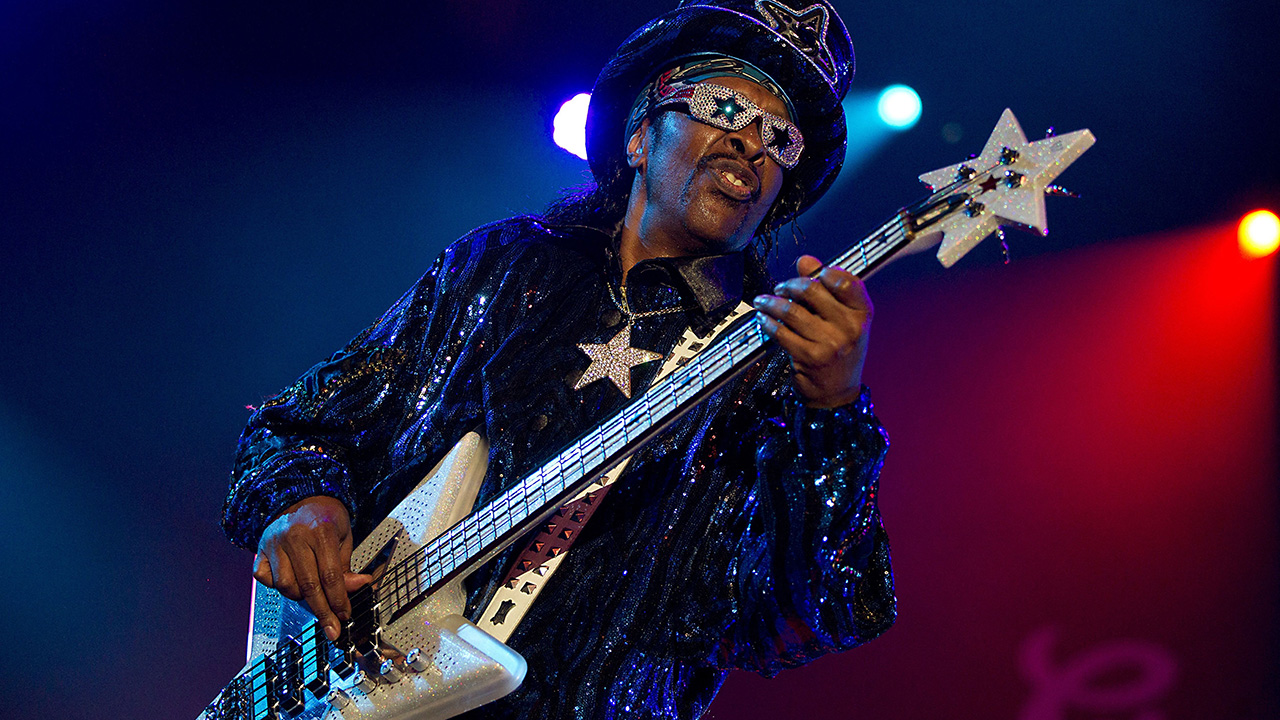
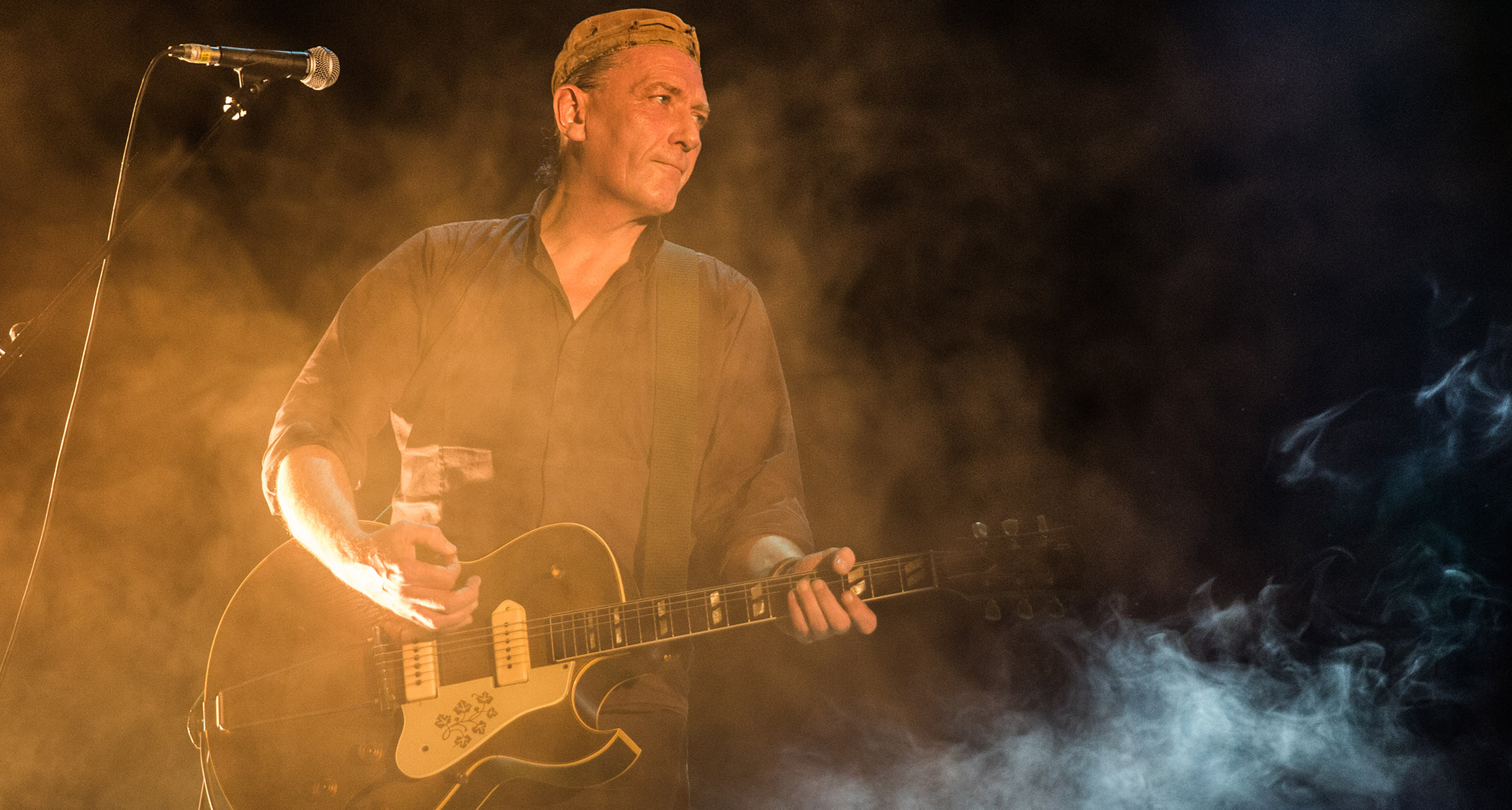
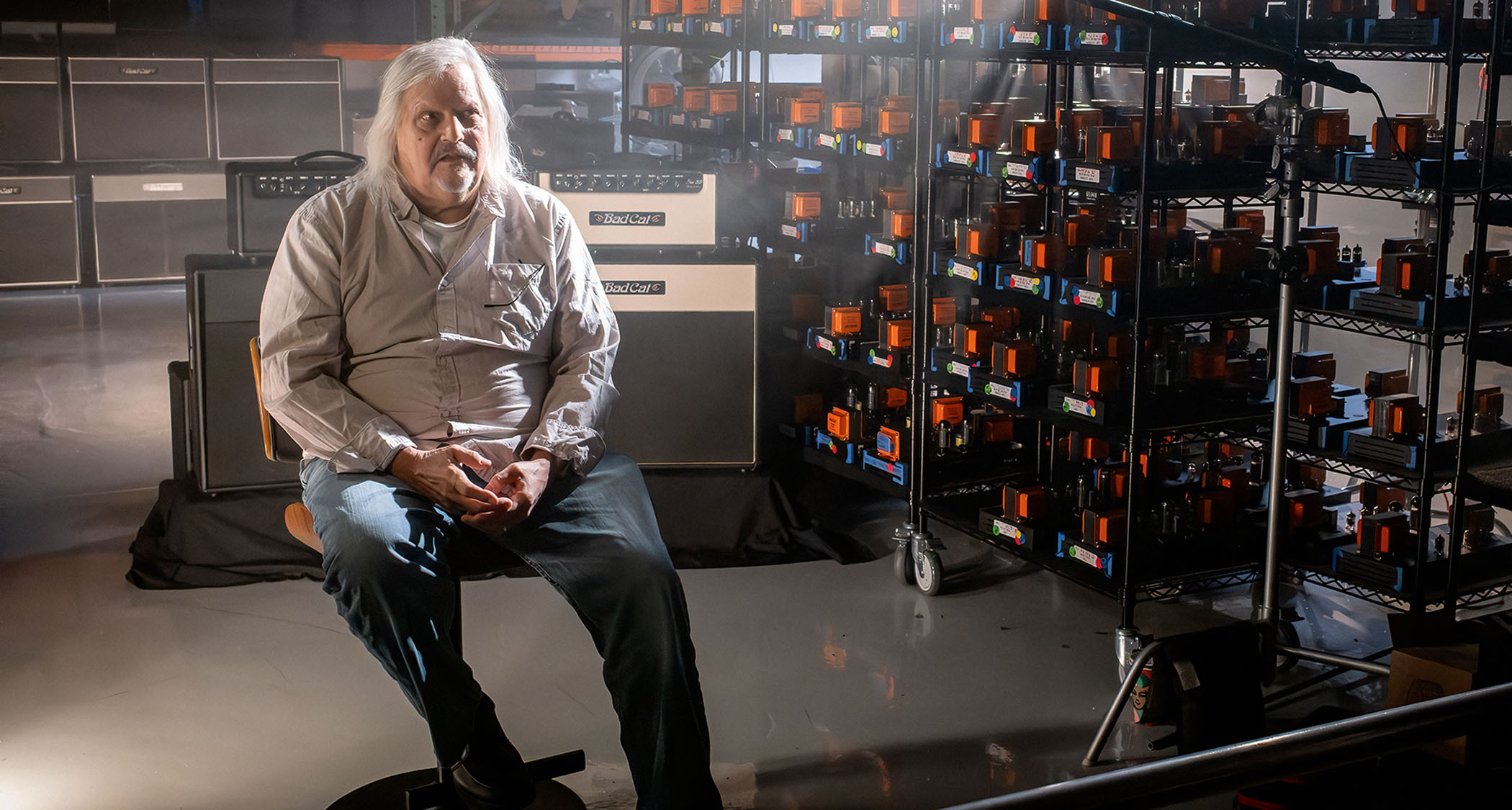
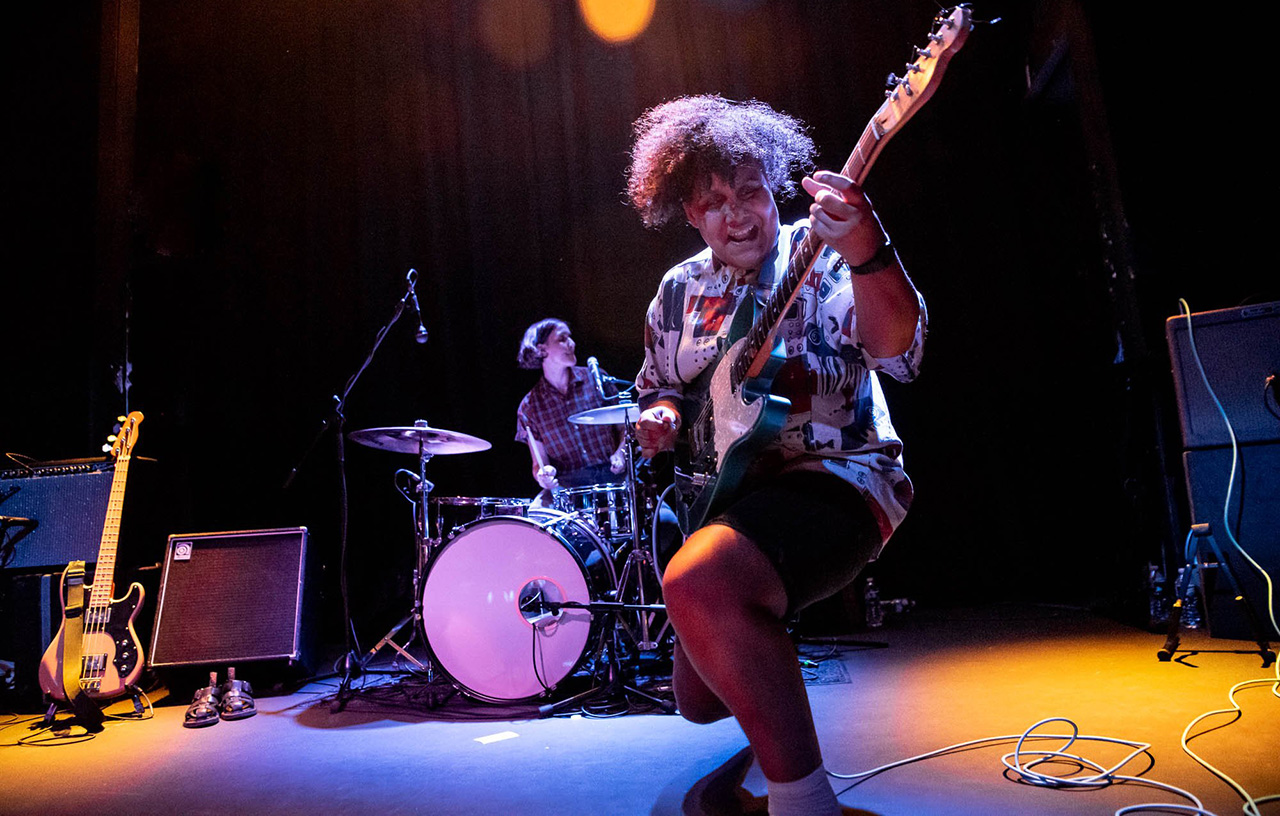
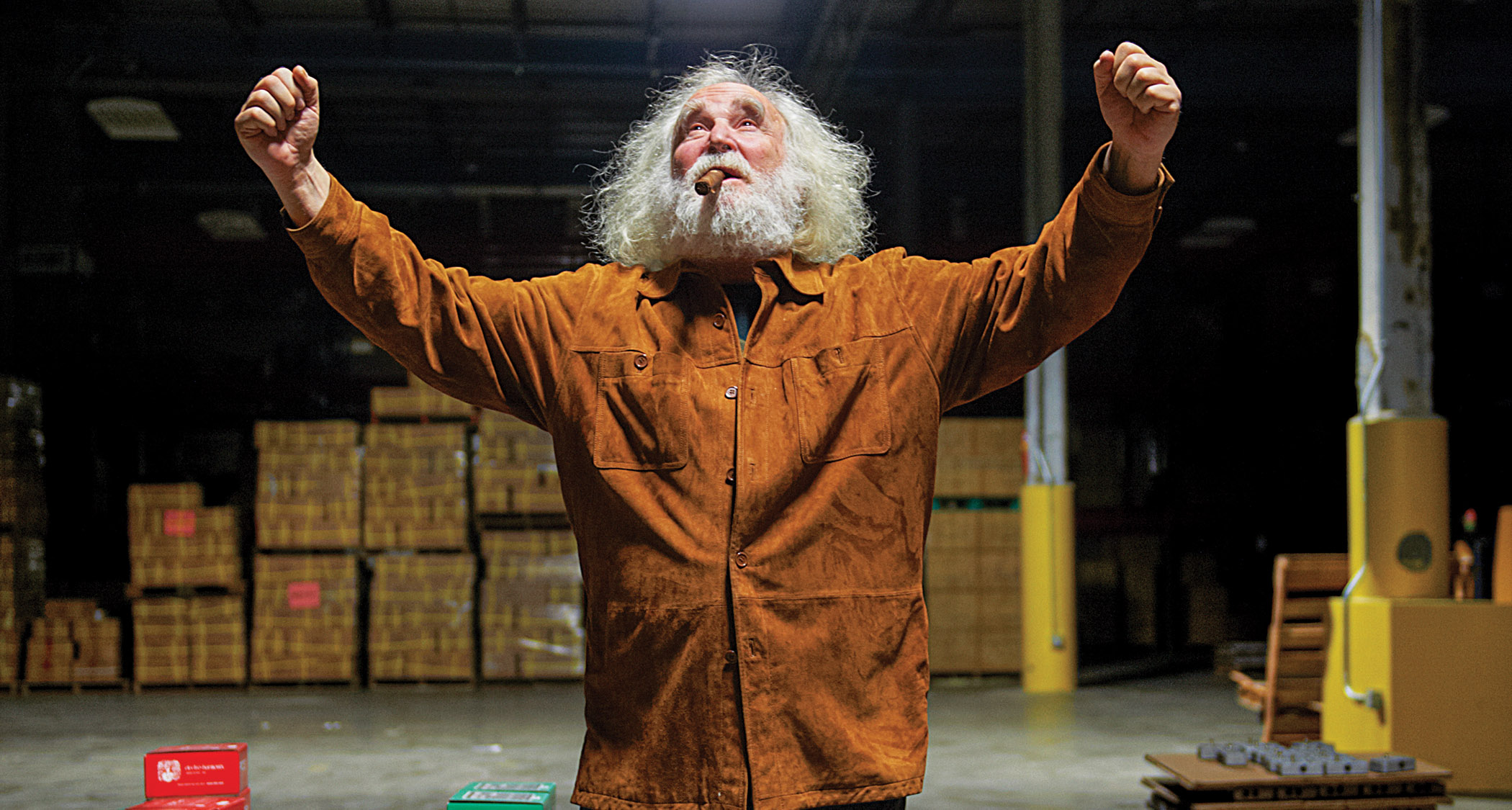
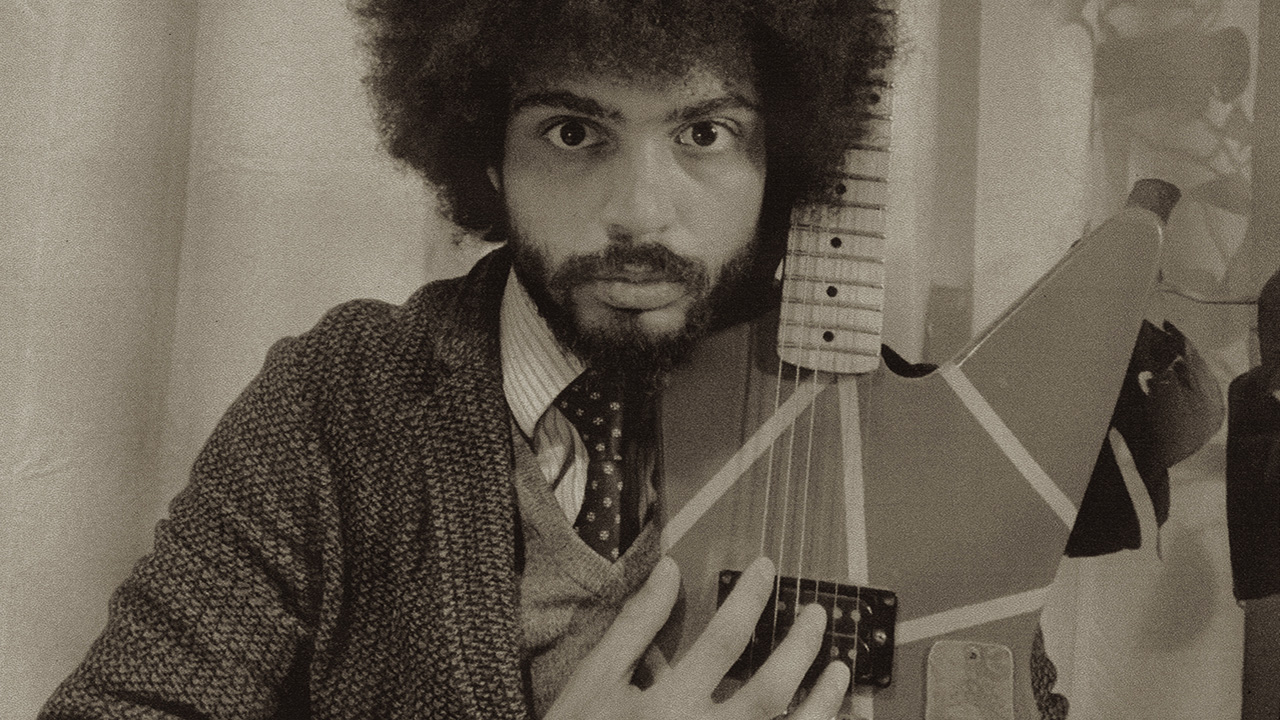
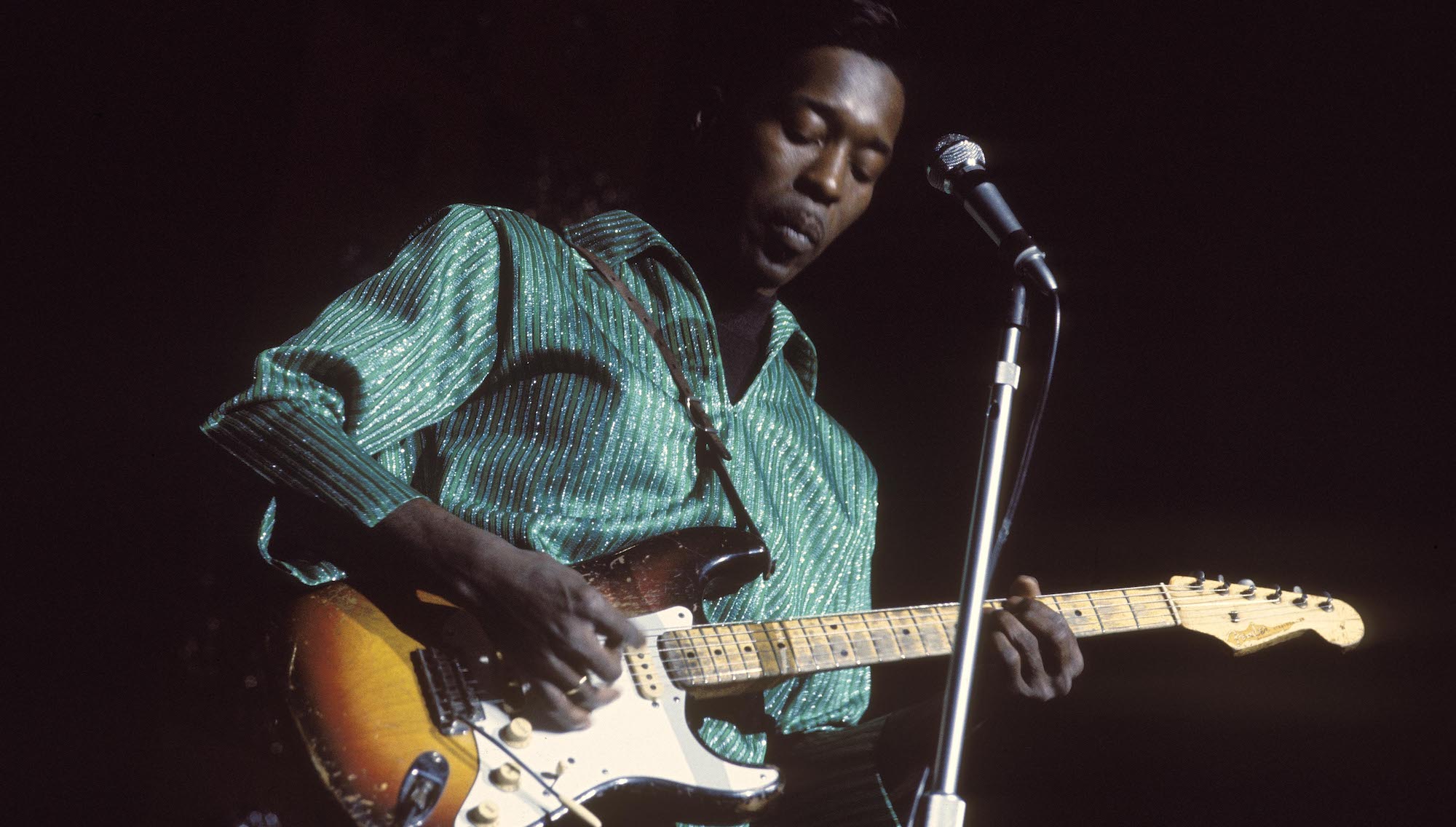
![[from left] George Harrison with his Gretsch Country Gentleman, Norman Harris of Norman's Rare Guitars holds a gold-top Les Paul, John Fogerty with his legendary 1969 Rickenbacker](https://cdn.mos.cms.futurecdn.net/TuH3nuhn9etqjdn5sy4ntW.jpg)
